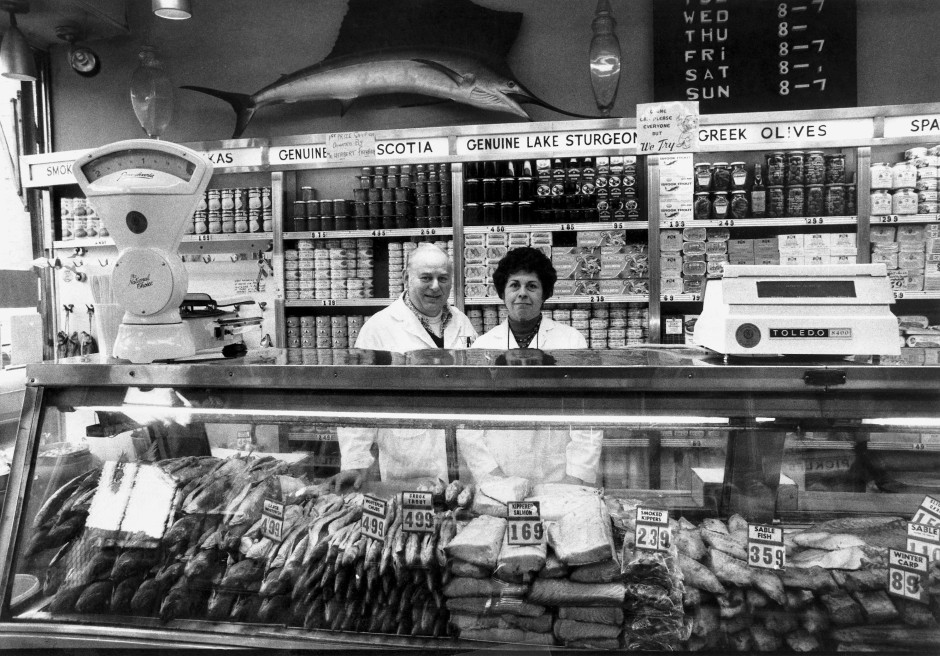This year’s edition of the Toronto Jewish Film Festival, a major event in the city’s cultural agenda, runs from May 1-11 and lives up to expectations, judging by the roster and quality of the movies.
A sampler:
If you’ve ever visited the Lower East Side in New York City, you may have come upon a modest-looking but iconic store on Houston Street, Russ & Daughters Appetizers, which serves up a tantalizing array of smoked fish, caviar, fish salads, cream cheese and chopped liver, among other treats.
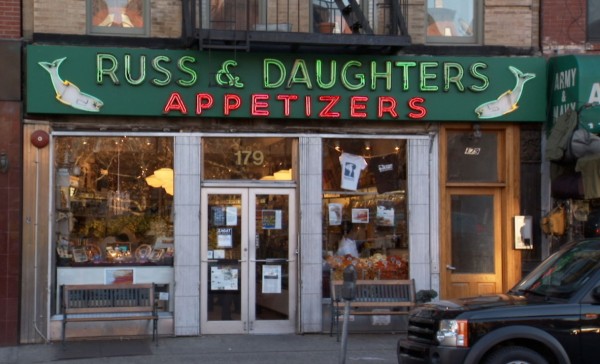
Julie Cohen’s nostalgic documentary, The Sturgeon Queens, pays homage to this beloved culinary institution, which celebrates its 100th birthday this year.
The film summons up its sweet, smoky, acrid and briny aromas and unfolds through the medium of interviews. The founder’s daughters, Ann and Hattie, who are both retired, reminisce about their parents, Joe and Bella Russ, who arrived in America from Galicia in the first decade of the 20th century. Loyal customers, including U.S. Supreme Court judge Ruth Ginsberg, famous journalist Morley Safer and celebrity chef Mario Batali, rave about the lox, salmon and herring. The current owners discuss their dedication to the shop and their plans for the future.
The man who made it all possible, Joe Russ, sold schmaltz herring from a pushcart on the Lower East Side after his arrival in New York City. In 1914, he and his wife opened Russ Appetizers, and they ran it on the principle of high volume and low prices, a formula that worked terrifically
When their daughters got married, they gave them shares in the shop, invited their husbands to join them there and renamed the store. The current manager, Herman Vargas, a Catholic immigrant from the Dominican Republic, was hired in 1979. He, too, has brought family members into the business. Vargas, we’re told, endeared himself to the mainly Jewish clientele by learning a few choice Yiddish phrases.
Russ & Daughters Appetizers experienced turbulence in the 1970s and 1980s, when urban decay blighted the neighborhood. But these days, million dollar condos are springing up all over the Lower East Side, and all is well with the world, as far as the shop’s owners are concerned.
It was a chance encounter between an ancient people and a new-born city.
When Jews arrived in San Francisco during the California Gold Rush in the late 1840s, it was a sleepy and primitive town, hardly the jewel of the Pacific coast it would become one day. The instrumental role that Jews played in San Francisco’s development is the subject of Marc Shaffer’s enlightening documentary, American Jerusalem.
Shaffer uses old photographs and interviews with historians to tell this story.
Young German Jews fleeing economic hardship and antisemitic restrictions were among San Francisco’s pioneers. They included men like Levi Strauss, the founder of a blue jeans empire, Adolph Sutro, a real estate developer and the city’s first Jewish mayor, and Isaiah Hellman, a banker.
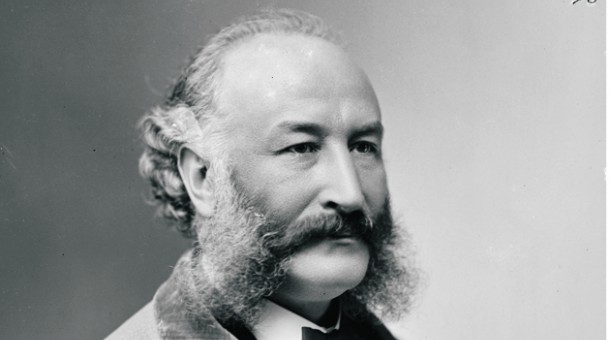
In San Francisco, the gateway to the gold mines, Jews generally earned a living as peddlers and merchants. Few bothered becoming miners, who lived in difficult conditions in rough-and-tumble camps. In time, Jews became part of San Francisco’s power structure, encountering little or no prejudice.
With acceptance came assimilation. In a town where Reform Judaism was the norm, Jews celebrated Christmas and Easter rather than Chanukah and Passover. Shaffer doesn’t tell us how far this assimilation went. One wonders how many of the original Jewish families remained true to the faith in the intervening decades?
By the 1870s, San Francisco was home to 16,000 Jews. Only New York City had a bigger Jewish population.
Shaffer is not loath to poke into dark corners. Jews, like white Christians, displayed racist attitudes toward Chinese immigrants. And toward the end of the 19th century, they discouraged Yiddish-speaking Jews from eastern Europe from settling in San Francisco, fearing that the newcomers would embarrass them and undermine their status.
To its credit, American Jerusalem explores all aspects of the Jewish experience in San Francisco.
***
Yotam Feldman, in The Lab, explores Israel’s multi-billion dollar arms industry, which employs 150,000 workers, and is the fourth largest in the world.
Feldman, a journalist, calls it a pillar of the Israeli economy, a claim that Israel’s former prime minister, Ehud Barak, substantiates. Israel is a “superpower” in arms exports, he observes.
In 2012, Israel exported $7 billion worth of weapons, munitions and expertise.
Israeli arms are in demand because they’ve been battle tested for years, not only in the West Bank and the Gaza Strip but in Lebanon and Syria as well.
Feldman interviews Israeli arms dealers like Amos Golan, a former army officer and the inventor of the corner-shot machine gun, and Leo Gleser, who appears to work exclusively in Latin America.
Shimon Naveh, a retired lieutenant-colonel who works as a security consultant today, is also interviewed. He holds forth on Israeli military strategy in urban warfare, paying special attention to Israel’s 2009 invasion of Gaza (Operation Cast Lead) and Israel’s 2002 reoccupation of the West Bank (Operation Defensive Shield).
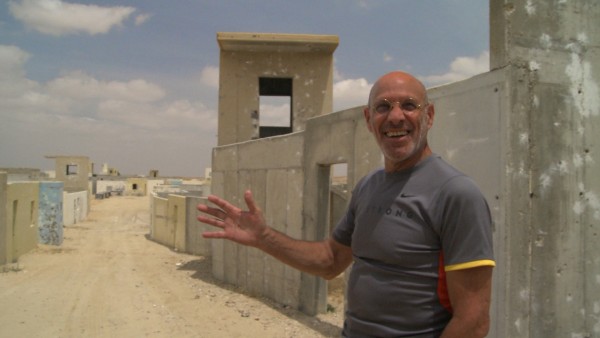
Feldman takes a dim view of the arms trade, suggesting it’s immoral, but he allows hard men like Golan and Gleser to justify their lucrative livelihood.
***
It seemed like a good fit. Canada sought new immigrants to settle the land, and the Jewish Colonization Society, a project of Baron de Hirsch, needed new venues for its able-bodied recruits. And so Jews from eastern Europe seeking a better life and relief from antisemitism settled in Canada to till the soil in Alberta, Manitoba and Saskatchewan.
Dov Okouneff’s informative documentary, A New Life on the Land, focuses on Jewish agricultural settlements in these provinces and in Quebec and Ontario.
Altogether, the Jewish Colonization Society established 31 colonies in Canada. Most of them, like Herzl and Edenbridge, were built in western Canada. In every instance, the intrepid settlers faced enormous challenges. Conditions were primitive. Winters were harsh. Roads were bad or non-existent. Towns were far away. There was no running water. And for observant Jews, kosher meat was not readily available.
Pulling together to overcome these obstacles, they worked cooperatively and, in most cases, succeeded in building new lives for themselves and their families. But as Okouneff points out, the population of these colonies has declined and their future appears dim.
The children, grandchildren and great-grandchildren of some of the original colonists recall the hardships and the joys of rural living.
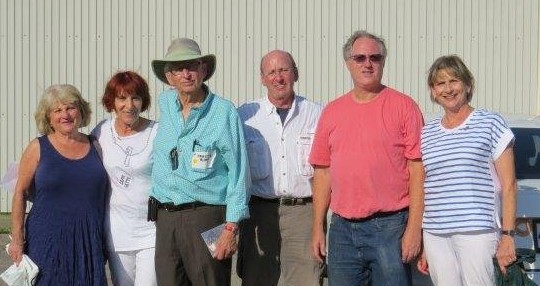
Seguing eastward, Okouneff visits farmers in Ste. Sophie and New Glasgow, near Montreal, and speaks to dairy farmers in Ancaster and Woodbridge, a vintner in Beamsville and an organic farmer in Cobden.
It’s all quite interesting.
***
Raquel Liberman, a Polish Jew from Warsaw, arrived in Buenos Aires in 1922 to start a new life with her husband in Argentina. But shortly after her arrival, he became ill and died, leaving her and her two boys destitute and rudderless. Her sister-in-law, Elke, advised her to contact a man who could help her find a job as a seamstress. He turned out to be a pimp who forced her into prostitution.
Raquel was hardly unique.
Far too many young Jewish women like her from Poland in the first third of the 20th century found themselves in a similar situation. Raquel, however, did not accept her fate as a prostitute in a brothel. In Raquel: A Marked Woman, Gabriele Bohm explains why.
According to Bohm, Raquel was tricked into the sex trade by Zwi Migdal, a criminal organization of white slavers founded and administered by Polish Jews. Women lured into their clutches were doomed to degradation, but Raquel was different.
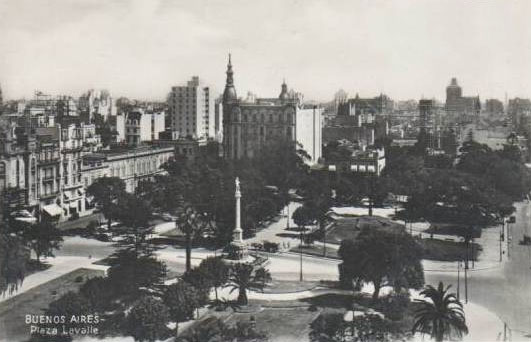
After four years of servicing clients in a brothel in Once, a Jewish neighbourhood in Buenos Aires, she pooled her earnings and opened an antique shop, setting an example that Zwi Migdal could not bear and tried to roll back. A thug smashed her store and beat her up, prompting Raquel to lodge a complaint with the police. Since the cops were in the pay of Zwi Migdal, they did not investigate her case.
Exacting vengeance, Zwi Migdal dispatched one of its enforcers, Jose Korn, to seduce Raquel. She fell for Korn and married him. He maneuvered Raquel back into a brothel, but not for long. She told one of the few honest police commissioners about her plight, and he led her to a judge untainted by corruption.
As a result, the authorities finally cracked down on Zwi Migdal and dismantled that nefarious outfit. Decades would elapse before Raquel’s two sons learned the truth about their courageous mother, the subject of Bohm’s eye-opening biopic.
